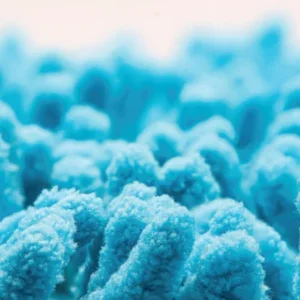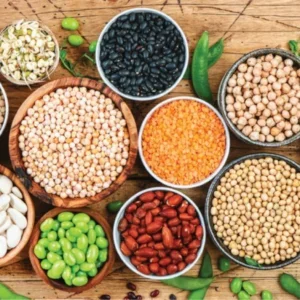A new method to extract compounds from ‘low value’ mustard seed waste can provide the food industry with a new source for natural preservatives, according to a study conducted by a team of Canadian researchers.
The researchers identified the antimicrobial activity of various compounds extracted from the mustard seed meal, considered to be a waste product of low value by the industry.
The study found that the waste product actually contained elements which could be useful as natural food preservatives.
The research team, led by Christina Engels from the University of Alberta, isolated the antimicrobial sinapic acid, which has antibacterial effects against strains such as Staphylococcus aureus, E. coli and Listeria monocytogenes and can be used a natural food preservative.
Mustard seed meal is a product left over after the seed is pressed for its oil, which is used for production of biodiesel and as cooking oil.
According to Engels, the defatted seed meal left over is currently of little economic value, but the use of sinapic acid from mustard waste provides wider choice to consumers in opting for foods containing preservatives.
The research team extracted phenolic compounds from defatted Oriental mustard, also called Brassica juncea, seed meal and identified sinapic acid, along with several sinapoyl conjugates.
The team found that the raw extract and a purified phenolic fraction showed selective antibacterial impacts against Gram positive and negative spoilage bacteria.
However, only sinapic acid could be traced in the extract after alkaline hydrolysis, enabling the quantification using reference substances.
The release of sinapic acid after the procedure also facilitates the standardisation of the antibacterial activity of extracts to be used as preservative.
The study, titled ‘Sinapic acid derivatives in defatted Oriental mustard (Brassica juncea) seed meal extracts using UHPLC-DAD-ESI-MSn and identification of compounds with antibacterial activity’, was published in European Food Research and Technology.






